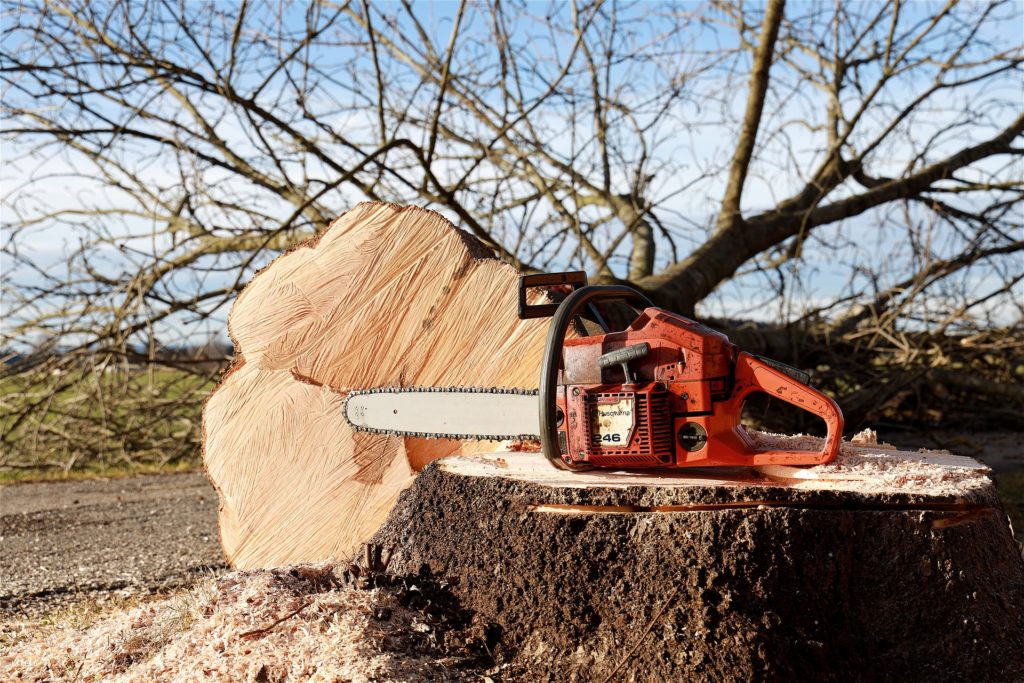Knowing the best time to prune trees, remove trees, or remove stumps can help ensure the long term health of the trees and other plants and flowers on your property. It can also help reduce hazards and risks from falling limbs and prevent diseases and infestations from spreading to other plants on your property and in your neighbourhood.
Taking care of your trees at the right time is key for setting them up for seasons of robust growth! So what is the best time of year for tree pruning and removal?
When is the best time to prune trees?
The best time to prune trees is sometime between the changing leaves in the fall and the flower blooms in spring. Usually, this falls between November and March in Southern Ontario.
During this period, trees enter a dormant stage, which halts their growth. Pruning during this time gives the tree ample time to recover before it starts budding and growing in the spring. Trees are also less susceptible to diseases and infestations in the winter.
Pruning in the winter is also easier practically speaking as well. A crew can more easily see which branches to prune without the canopy in the way!
You may not have to prune every year. Usually, we recommend pruning every 3 to 5 years, but the type, size, and health of the tree plays a role in this. A Certified Arborist can tell you specifically for your tree what the recommendations are.
That being said, if you have concerns at any time of the year about a damaged limb, get in touch with an arborist to find out if it needs to be removed sooner rather than waiting for the winter.
When is the best time to remove trees and stumps?
Generally speaking, the best time to remove a tree is when it is dead, damaged, decaying, or otherwise weak. Whatever season this may be, it’s best to remove them as soon as it’s recommended by a Certified Arborist.
However, like pruning, winter is the season that you want to get trees removed if you can plan for it. However, this is for different reasons than for pruning!
Practically speaking, a tree is easier to remove in the winter when it doesn’t have leaves weighing it down and making a mess for the crew. Let Mother Nature remove the leaves first, and then you can remove the tree in the winter.
Removing a tree or a tree stump in the winter also has a benefit for the rest of the plants and trees in the surrounding area. The frozen ground keeps the nearby vegetation in place during the tree removal and the difficult stump removal process. This lowers the risk of damaging the soil and surrounding plants.
Removing a tree and/or stump in the winter also provides the opportunity for new life to growth there in the spring. Having a complex root system, even of a dying tree, disrupts the nutrients of the soil and can cause a decline in surrounding vegetation. Removing the stump in the winter means that come spring, the rest of your property will have better access to nutrients.
If a tree is deemed hazardous, it may need to be removed immediately, rather than waiting for winter.
Talk to a Certified Arborist
Before you carry out any work on your property, ensure you speak to a Certified Arborist. They can tell you best practices as well as what’s right for your unique situation and trees.
Contact P & A this winter if you’re thinking of removing or doing heavy pruning on your trees. Our Certified Arborist can help you ensure you’re doing what’s best for the health of your trees, and for your pocket in the long run.
